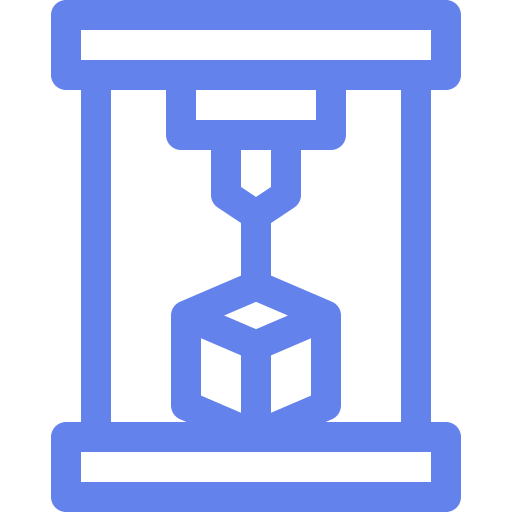

I am currently near Cologne in Germany. I placed one of these LycaMobile SIM cards from NL and it activated automatically. It does recognize that it is connected to the German network and roaming, and still activates data and assigns a phone number.
So, it seems to work fine








No worries! If you need me to test something with it I can this week, just let me know